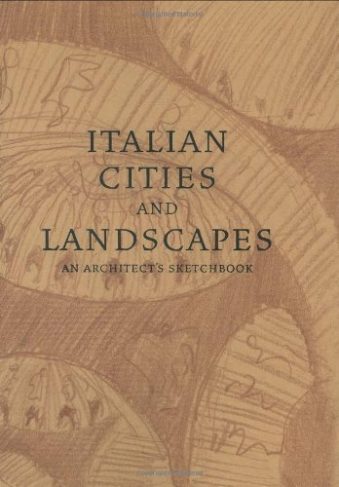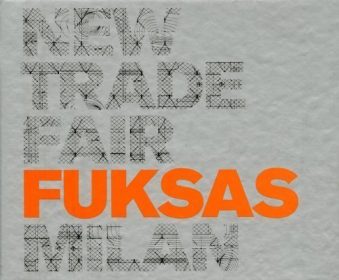- Empty cart.
- Continue Shopping
Sun, Wind, and Light: Architectural Design Strategies (Spiral-bound)
₹5,400.00
-
Spiral-bound: 432 pages
- Publisher: John Wiley & Sons; 3rd edition (18 March 2014)
- Language: English
- ISBN-10: 9780470945780
- ISBN-13: 9780470945780
- Product Dimensions: 21.6 x 3.3 x 24.6 cm
Out of stock
An updated guide to designing buildings that heat with the sun, cool with the wind, and light with the sky. This fully updated Third Edition covers principles of designing buildings that use the sun for heating, wind for cooling, and daylight for natural lighting. Using hundreds of illustrations, this book offers practical strategies that give the designer the tools they need to make energy efficient buildings. * Hundreds of illustrations and practical strategies give the designer the tools they need to make energy efficient buildings. * Organized to quickly guide the designer in making buildings respond to the sun, wind and light.
Design net-zero energy buildings that heat and power with the sun, cool with the wind, and light with the sky
- The updated sustainable design classic
- Doubled content
- Focused on designing for Architecture 2030® carbon-neutral performance targets
- Tools to connect related strategies.
Part I–VII: 400-page printed book
- Multiple aids for navigation
- A new knowledge structure for net-zero design
- 7 synergies and 9 strategy bundles
- 6 high-performance buildings assessments
- Condensed versions of favorite strategies and tools
Part VIII–IX: 450-page electronic book (free download)
- Searchable PDF documents
- Over 100 preliminary design strategies
- 29 design analysis techniques
Digital Extras (free download)
- The SWL Tools spreadsheet for net-zero design (62 pages)
- Climate Calendar data spreadsheets for the U.S. (28 cities)
- 700 pages of Climatic Context reports for U.S. climate regions
About the Author
MARK DeKAY is a registered architect and Associate Professor of architecture at the University of Tennessee, Knoxville. He is a Fulbright Scholar, a Climate Reality Leadership Corps member, author of Integral Sustainable Design: Transformative Perspectives and editor of the UT/RedVector.com online Sustainable Design and Green Building continuing education program. G. Z. BROWN is a registered architect and Professor of Architecture at the University of Oregon. He is director of the UO Energy Studies in Buildings Laboratory (ESBL) in Portland and Eugene and coauthor of InsideOut: Design Procedures for Passive Environmental Technologies and Natural Ventilation in Northwest Buildings.












